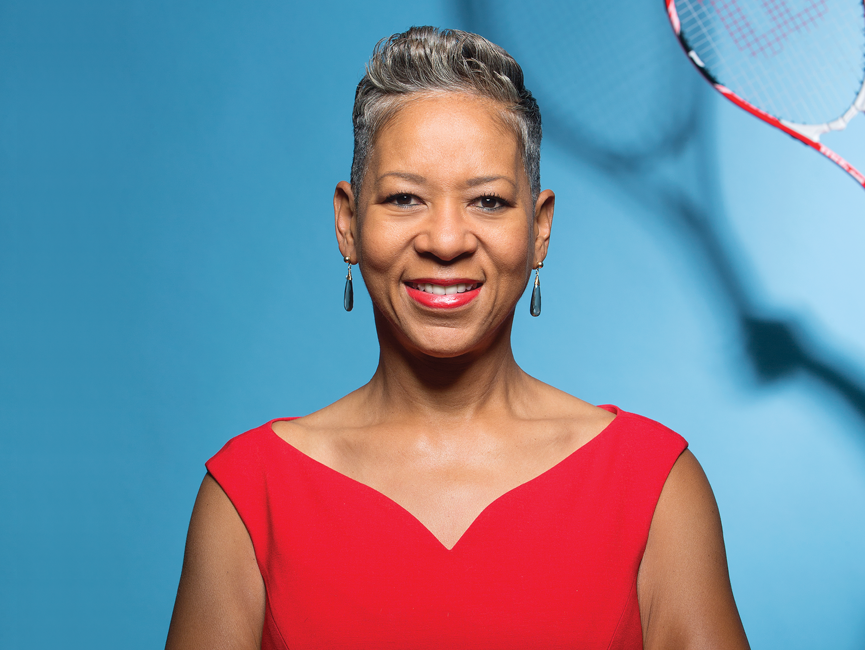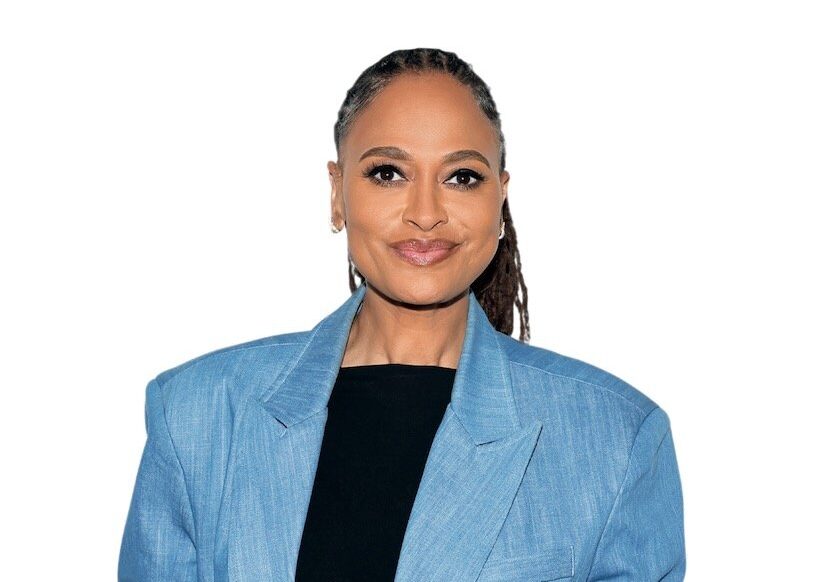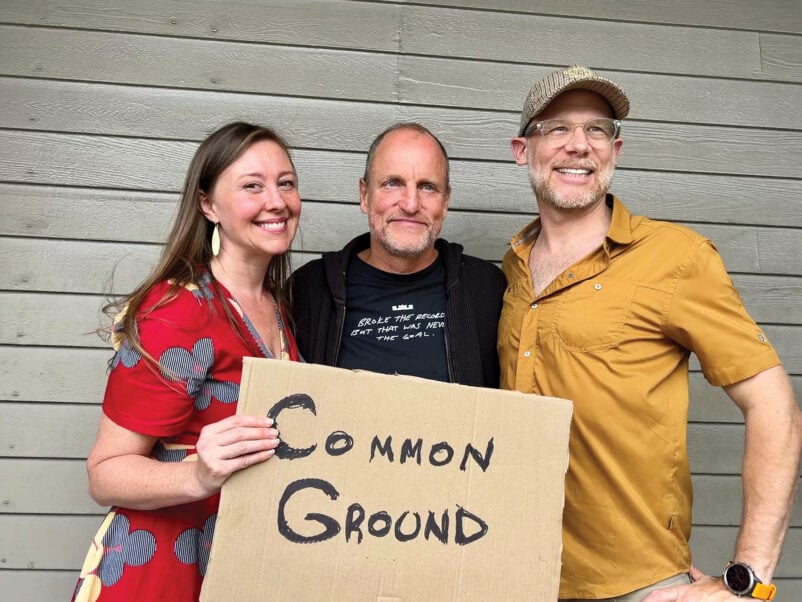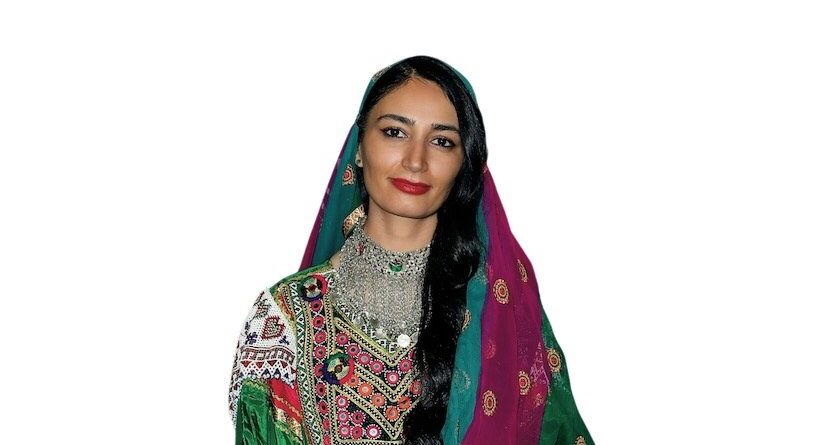Katrina Adams began her tennis career playing in a neighborhood park in her hometown of Chicago. She would eventually win 20 Women’s Tennis Association doubles titles, and in 2015 she became the first African American and first former player to become the CEO, chairman and president of the United States Tennis Association, the sport’s nonprofit governing body in this country. With the exception of Venus and Serena Williams, American tennis has been largely free of stars for an embarrassingly long time. Adams, pointing to new grassroots programs and an impressive new headquarters in Orlando, Fla., is hoping to change that.
WHAT’S YOUR VISION FOR THE USTA?
To promote tennis in America. Part of my strategy has been to put an extra focus on our Hispanic initiatives, as Hispanics are the fastest growing demographic in the country. But tennis is not a sport that they have consistently been engaged with—the first sport of choice has been soccer or baseball.

AND WHAT DOES GETTING HISPANICS TO PLAY TENNIS INVOLVE?
Getting rackets in their hands and increasing their engagement with the sport. We have put together a Hispanic advisory group and a tool kit on how to introduce the sport and find programming for these youth once they’re engaged. In 2015 we had a 12 percent growth [in the number of Hispanics playing tennis] and five percent growth in 2016. We’re hoping to continue to move upward.
YOU WERE A PIONEER IN TENNIS, AN AFRICAN AMERICAN WOMAN CHAMPION IN THE 1980S. WHAT’S THE STATUS OF AFRICAN AMERICANS IN TENNIS TODAY?
It’s pretty great. If you look at our national junior level, the level of engagement is really strong—certainly considering where it used to be. Venus and Serena [Williams] have been amazing role models. When they were kids, Madison Keys and Sloane Stephens had a Venus or Serena poster on their wall. And on the men’s side you’ve got Frances Tiafoe and Michael Mmoh, both of whom are 19 years old. So it’s starting to resonate.
ARE YOU SATISFIED WITH THE PACE OF CHANGE?
Around the country, absolutely. In our collegiate system, there are so many more players of color. There are so many more in community tennis association programs, and so many more kids that are now at a national competitive level.
IN JANUARY THE USTA OPENED ITS BRAND-NEW HEADQUARTERS, WITH 100 TENNIS COURTS, AT ORLANDO’S LAKE NONA. WHAT’S THE IMPORTANCE OF THE NEW FACILITY?
It’s our Nirvana with nets, if you will. It’s an unbelievable facility that will bring so many people of so many levels together at the same time, and that can be so motivating—you’ve got young kids that are two courts away from one of our professional players. It’s inspiring.

IT’S ALSO TECHNOLOGICALLY ADVANCED.
Every court can be video recorded, so you can come off the court and see your practice or your match and learn from it. Or maybe a parent or grandparent at home can watch a child playing in a match.
HOW DO THESE FACILITIES COMPARE TO YOUR EXPERIENCE GROWING UP AND PLAYING TENNIS IN CHICAGO?
Are you kidding me? I don’t know if I saw 100 courts in Chicago. Now, we have families who have already moved to Orlando to be closer to this facility.
AND WILL IT HAVE AN IMPACT ON THE QUALITY OF AMERICAN TENNIS?
The results remain to be seen, but if you look at where we were for the last 10 years of player development, on eight courts on a shared property at the Evert Tennis Academy in Boca Raton, and now look at the facilities that we have—there’s instant growth opportunities.
THE HEADQUARTERS WAS THE RESULT OF A PARTNERSHIP WITH TAVISTOCK GROUP, THE INVESTMENT FIRM BEHIND THE LAKE NONA COMMUNITY. HOW DID THAT COME ABOUT?
It was really all about [Tavistock founder] Joe Lewis, who had a vision with Lake Nona. He’s a huge tennis fan, and they wanted that community to be all about wellness. He said, “I will donate the land to you,” and we said, “We need to pursue this.” I don’t think in our wildest dreams that it would turn out the way that it has—it looks exactly the way that our rendering had it. Maybe even better.
Contact: Jasmine Sheppard, [email protected]










